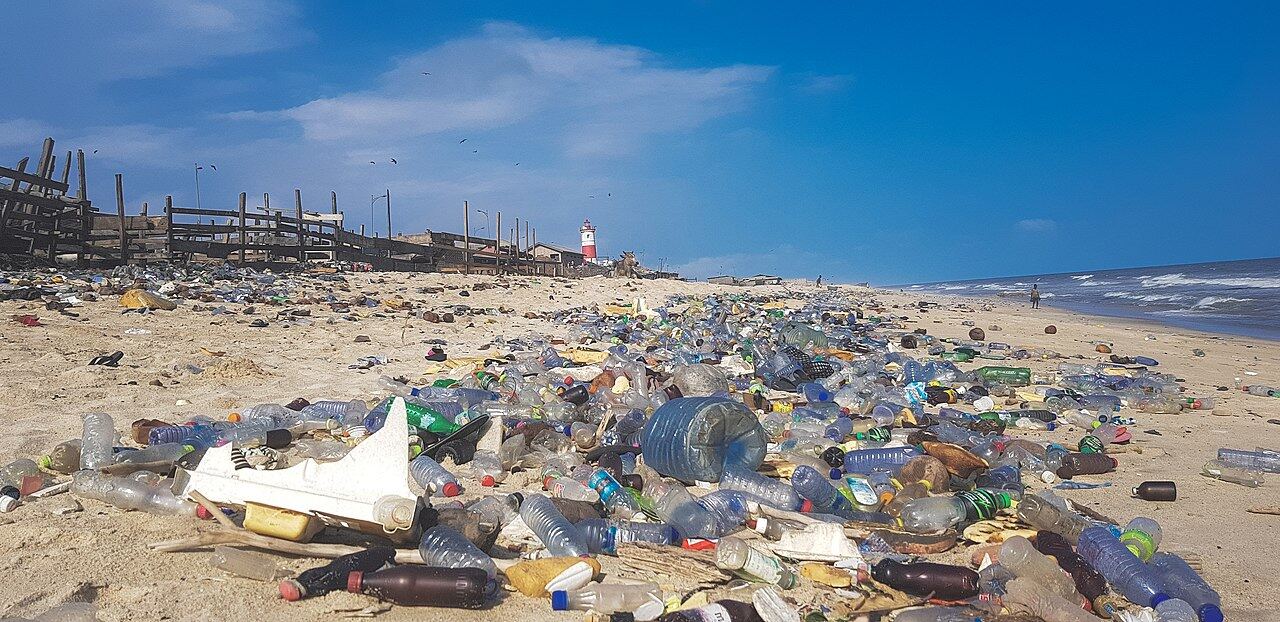Recently, microplastics have once again attracted attention. A team of scientists led by the United States found tiny plastic fragments in the ice core drilled in the Arctic; in the snow in the Arctic, a considerable amount of plastic particles were detected... The increasingly serious microplastic pollution has reached the earth's most In remote areas, people are alarmed.
Microplastics are plastic fragments or granules with a diameter of less than 5 mm and are available in many forms such as sheets, wires or blocks. Due to its chemical nature, it can exist in the environment for hundreds to thousands of years, and microplastics have become a new class of environmental pollutants.
As a capsule manufacturer, capsulcn is also very concerned about the health and global environmental problems of all human beings.

The ocean is the hardest hit by micro-plastic pollution. Wang Juying, deputy director of the China National Marine Environmental Monitoring Center, said that according to current reports and research, microplastics are found in the coastal waters, oceans and polar regions, both in surface waters and in seabed sediments.
China began to monitor marine micro-plastics in 2016. The Bulletin on China's Marine Eco-environment in 2018 shows, In the surface areas of the Bohai Sea, Yellow Sea and South China Sea monitoring areas, the average density of micro-plastics in water bodies is 0.42/m3 and the highest is 1.09/m3.
Microplastics are not only filled with the ocean. Research published in the journal Nature and Earth Sciences shows that microplastics can pass through the atmosphere, reaching areas far from the original source, and even some of the original areas. Scientist Diony Allen and colleagues conducted a five-month study of a remote mountain catchment in the French Pyrenees. In the atmospheric samples they collected, a large amount of microplastics was found, and the measured daily deposition rate of microplastics was 365/m2. Atmospheric simulations show that these plastic particles are transported from the atmosphere at least 100 kilometers away.
In addition, microplastics were also found in the human body. A study in Austria confirmed that up to nine different types of microplastics were found in the human body. In recent years, researchers have found microplastics in foods such as oysters, mussels, and fish, drinking water, sea salt, and even honey. Based on the global average salt intake, an adult consumes 10.06 grams of salt or an equivalent of a daily substitute, so an adult consumes about 2,000 microplastics a year. Yi Lan is a plastic pollution project manager of a well-known environmental organization and has been involved in the investigation of salt micro-plastics. She said: "The air we breathe, the water we drink, and the food we eat have micro-plastic. It is already everywhere."


